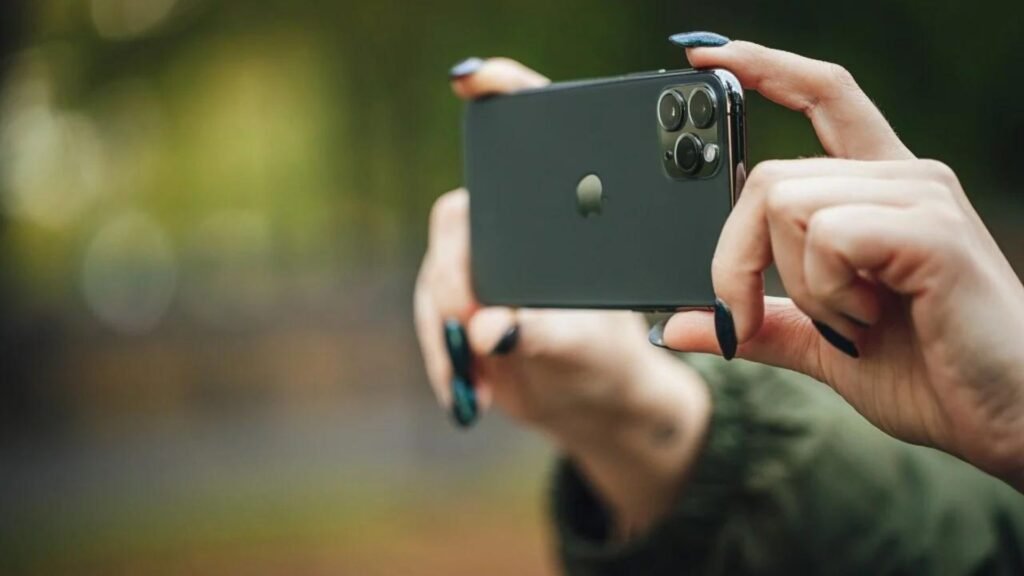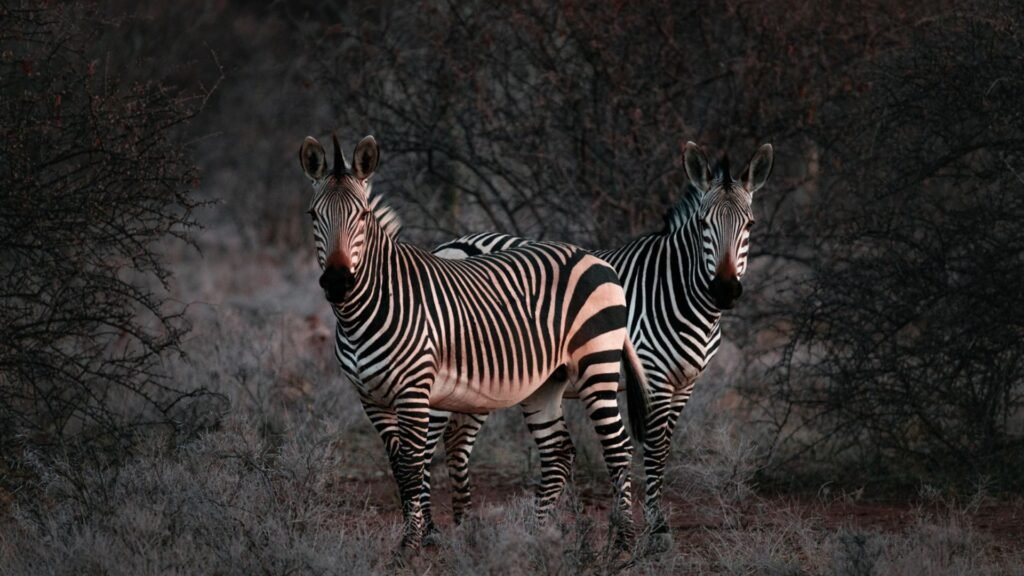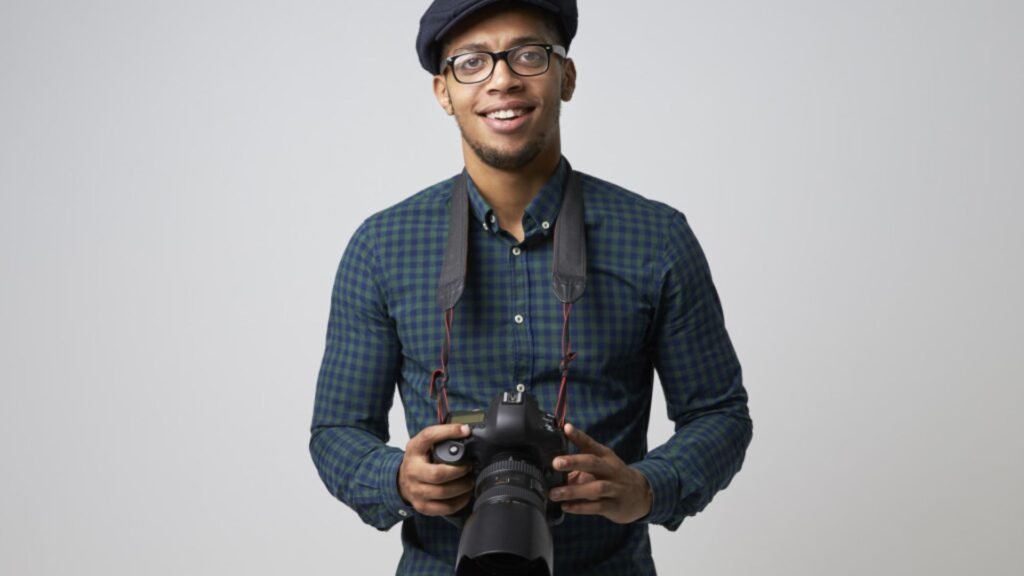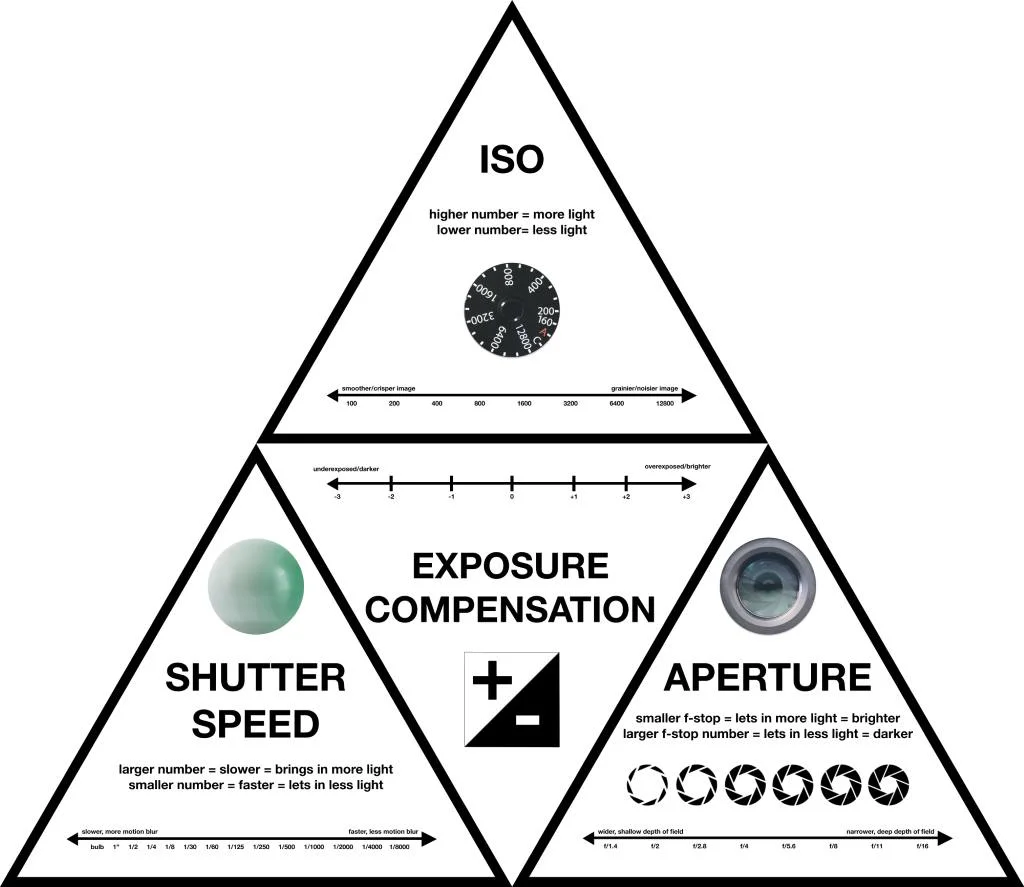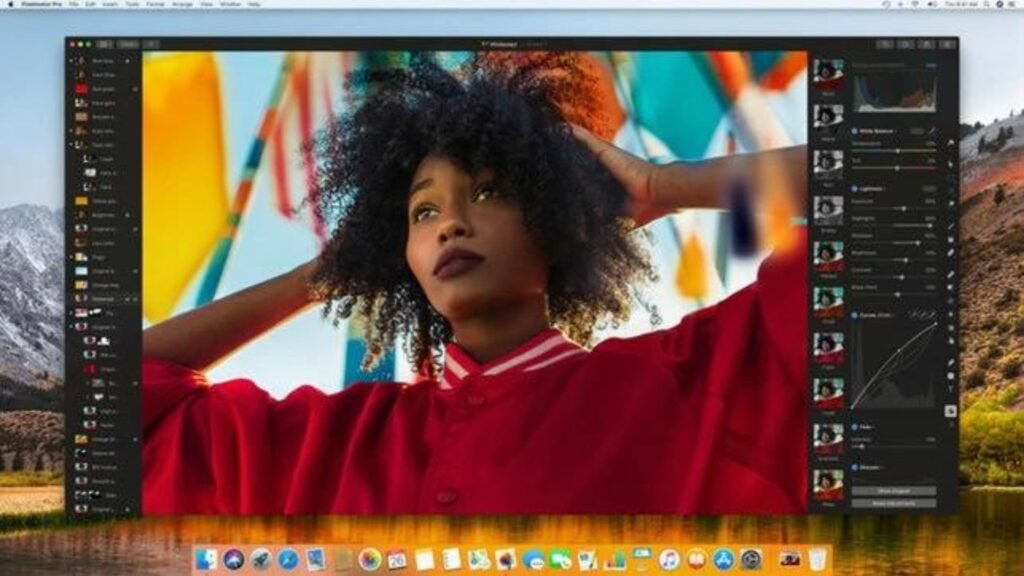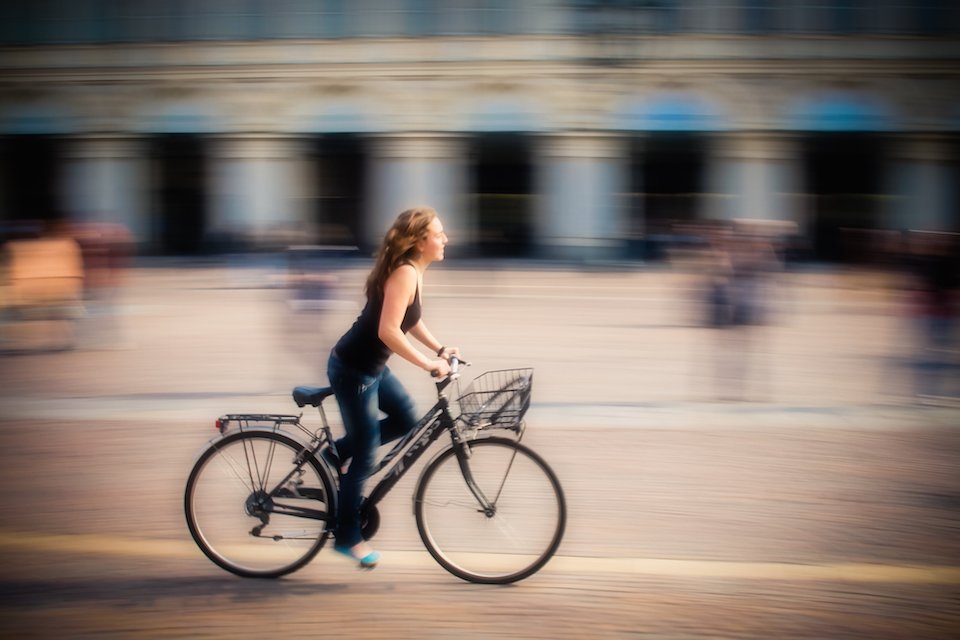Introduction
Donavan Freberg is a rare creative talent whose work bridges photography, voice acting, and advertising with a unique blend of passion and expertise. His career spans decades and mediums, making him a storyteller who connects deeply with audiences through images and voice alike. Whether behind the camera lens or behind the microphone, Donavan brings authenticity and insight to everything he creates. This site offers a glimpse into his multifaceted world—a place where artistry meets experience and personal vision meets professional excellence.
Creativity runs in Donavan’s family. As the son of the legendary Stan Freberg, a pioneer in satirical advertising and entertainment, Donavan was raised surrounded by bold ideas and sharp wit. Donavan did not only succeed his father, rather he also made it better. He forged his own path, building a creative legacy grounded in innovation and originality. His work carries forward the spirit of fearless storytelling while adding a fresh voice shaped by years of hands-on experience.
In the realm of photography, Donavan’s eye for detail and emotion sets him apart. His portraits do more than capture appearances—they reveal character and story. Donavan has photographed a range of notable individuals, including tech industry leaders like Snapchat’s CEO Evan Spiegel. His images have been featured in respected publications such as Forbes and Los Angeles Magazine, showcasing his ability to blend technical skill with artistic vision. Each photograph is crafted to tell a story, inviting viewers to see the subject from a new perspective.
Donavan’s impact is not limited to visual art. Most people will be able to capture the voice of the Encyclopedia Britannica. These memorable spots became a defining part of pop culture, thanks to Donavan’s engaging delivery and charismatic presence. His voice acting career adds yet another layer to his creative identity—one that has left a lasting impression on advertising and entertainment audiences alike.
Beyond photography and voice work, Donavan brings a deep understanding of advertising and storytelling. His background in this field gives him a unique advantage: he knows how to craft messages that resonate and connect. Whether developing a campaign or creating a portrait, he approaches each project with a focus on clear communication and meaningful impact. His work reflects a seamless blend of creativity and strategy, always with the goal of telling stories that matter.
Donavan’s talents have earned him recognition from major media outlets, cementing his reputation as a trusted and innovative creator. Forbes, Los Angeles Magazine, and Mashable are among the platforms that have featured his work, highlighting his ability to influence and inspire across multiple creative disciplines. This recognition is a testament to the quality, originality, and relevance of his contributions to art and media.
At the heart of Donavan Freberg’s work is a commitment to authenticity and connection. His photography, voice acting, and advertising projects all reflect his desire to tell real stories with clarity and emotion. This site invites you to explore that world—to discover the breadth of his talents, the depth of his experience, and the passion that drives his craft. Whether you are here to view his images, hear his voice, or learn about his creative journey, you’ll find a reflection of a true artist who continues to shape how stories are told.
Photography
Donavan Freberg’s photography is a powerful extension of his storytelling ability. With a keen eye for detail and an intuitive sense of mood, he captures moments that reveal deeper truths about his subjects. His approach goes beyond simply taking pictures — each photo is thoughtfully composed to convey personality, emotion, and story. Whether photographing a high-profile executive or an everyday individual, Donavan’s work invites viewers to connect on a more personal level.
Over the years, Donavan has worked with a variety of notable clients, including influential figures such as Evan Spiegel, CEO of Snapchat. His experience in capturing business leaders highlights his ability to blend professionalism with artistic creativity. The resulting portraits showcase not just the person’s image but also their vision and character. This skill makes Donavan a sought-after photographer for clients who want their portraits to do more than just look good—they want them to speak.
Donavan’s photography style is both classic and contemporary. He values natural lighting and authentic expressions, favoring images that feel genuine rather than overly staged. His work has been featured in prestigious publications such as Forbes and Los Angeles Magazine, which have praised his talent for capturing compelling visuals that complement strong narratives. These features have helped establish Donavan as a respected voice in the world of portrait photography.
In addition to formal portraits, Donavan’s portfolio includes a wide range of subjects and styles. From editorial shoots to creative projects, his photography reflects versatility and a commitment to quality. His understanding of composition, color, and light allows him to adapt to different environments and client needs, making every project unique and impactful.
For Donavan, photography is more than a profession—it’s a way to connect with people and tell their stories in a visual language. His images are crafted with care, reflecting both the subject’s individuality and the story they wish to share. This dedication to authenticity and excellence is evident in every frame he produces, making his work stand out in a crowded field.
Voice Acting
Donavan Freberg’s voice acting career is as unforgettable as it is iconic. His work behind the microphone began at a young age, but his natural charisma and sharp delivery made a lasting impression right from the start. Many remember him as the voice and face of the famous Encyclopedia Britannica commercials from the late 1980s and early 1990s. These witty and informative ads became cultural touchstones, turning Donavan into a household name.
Voice acting requires more than just reading lines—it involves timing, tone, and strategic delivery to truly connect with an audience. Much like refining a vocal performance, successful gameplay in CasinoRoo real money online roulette also demands focus, decision-making, and a keen sense of timing. Both worlds reward thoughtful choices and the ability to stay composed under pressure, showcasing how strategic thinking spans across creative and entertainment industries.
The Voice That Defined a Generation
What made those commercials so memorable was Donavan’s voice—clear, confident, and filled with personality. His ability to balance information with humor gave the spots a unique energy that set them apart from anything else on television at the time. The campaign ran for years and became one of the most recognizable advertising efforts of the decade. It also showed the power of voice acting to shape how people feel about a product, service, or brand.
While many child actors fade from the spotlight, Donavan’s voice only grew stronger over time. He continued developing his craft with dedication and precision, moving into new projects across different genres and media. His voice has since been featured in radio spots, animations, documentaries, commercials, and more. Each time, he brings the same clarity, timing, and emotional intelligence that made his early work so successful.
Donavan Freberg, known as the voice that defined a generation, continues to channel that same creativity into delivering compelling solutions across branding, marketing, and design. His approach combines storytelling with strategy, resonating with audiences in powerful ways. For those who appreciate engaging experiences both professionally and personally, exploring options like casinosophus online casino offers a fun and secure avenue to unwind and enjoy your favorite games after a productive day.
A Voice for Every Story
Donavan’s voice is versatile. When it comes to the tone of his voice, it all depends on the project at hand. You can find him witty, trustworthy, sharp and calm depending on what he is working on. This flexibility has allowed him to work with a wide range of clients and projects, from playful commercials to serious campaigns. No matter the role, he knows how to connect with the listener in a meaningful way. That skill comes not just from talent but from years of experience and a deep respect for the storytelling process.
What truly sets Donavan apart in voice acting is his understanding of how voice supports narrative. He doesn’t just read scripts — he interprets them. He has become an expert in recognising emotions, from the pace to the rhythm that will bring the words to life. This approach adds depth and impact to everything he voices, making the message more engaging and memorable.
Donovan Freberg is truly a voice for every story—his work as a comedian, writer, and actor has left a lasting imprint on American culture. Whether through his iconic commercials, satirical sketches, or heartfelt narration, his ability to convey emotion and humor is unmatched. As you immerse yourself in his creative journey, take a moment to unwind with something equally engaging—Find out more about the exciting world of online scratch cards and enjoy a bit of fun between the lines of his many stories.
A Lasting Influence
Donavan’s contributions to voice acting have been recognized by audiences and media alike. Mashable, among other outlets, has highlighted his role in shaping advertising’s golden era of smart, character-driven spots. His voice is part of a cultural memory for many, yet he continues to evolve and explore new directions in his craft.
Whether voicing a brand or telling a story, Donavan Freberg continues to leave a lasting impression—one word at a time.
As we reflect on the lasting influence of great performers and storytellers, it's clear that their ability to captivate and inspire spans mediums and generations. Just as timeless talent leaves a mark, so too does the pursuit of engaging experiences. Whether you’re revisiting legendary moments or seeking fresh excitement, you can enjoy the thrill of strategic play through online baccarat, where real money wins and immersive gameplay continue the legacy of memorable entertainment.
Advertising and Creative Strategy
Donavan Freberg doesn’t just work in advertising — he understands it inside and out. Growing up in a home where creativity and communication were part of daily life, he learned early on how powerful a strong message can be. When it comes to advertising, the name Stan Freberg can not be left behind. But Donavan did not rely on that legacy alone. Instead, he built his own career by blending bold ideas with smart strategy.
In the world of advertising and creative strategy, it's all about delivering bold ideas and unforgettable experiences that resonate with your audience. Just as a powerful campaign captivates and inspires, stepping into the world of high roller casinos offers a similarly immersive journey—where luxury, excitement, and high stakes combine to create moments that leave a lasting impression. Both realms thrive on precision, innovation, and the thrill of reaching for something greater.
From Concept to Connection
What makes Donavan’s approach to advertising unique is his focus on connection. He knows that good advertising is not just about selling, it’s about telling a story that speaks to people. Whether he’s creating a visual campaign, consulting on a brand message, or helping shape a voiceover script, Donavan starts by asking, “What will make people care?” That question drives every creative decision he makes.
He brings together his skills in photography, writing, voice, and direction to develop ideas that feel personal and real. His creative work often avoids trends and instead aims for timeless, human-centered communication. Donavan believes that when an ad is honest, emotional, and well-crafted, it stays with the audience long after they’ve seen or heard it.
From concept to connection, building meaningful engagement requires research, clarity, and trust—qualities equally important when choosing the right platform for online gaming. With new zealand casinos reviews, you gain access to well-researched insights that help you navigate the world of online casinos with confidence. These reviews empower you to make informed choices, ensuring every digital interaction, whether in marketing or gaming, is rooted in reliability and purpose.
Advertising with Heart and Humor
Donavan’s work in advertising has a signature mix of heart and humor. He understands how to make people smile, think, and act. That comes from years of working both in front of the camera and behind it. He doesn’t just create ads he creates moments that feel relatable and genuine. His ability to blend entertainment with messaging helps brands stand out in today’s crowded media space.
Whether the goal is to inspire, inform, or entertain, Donavan approaches every project with a clear vision. He works closely with clients to understand their values, voice, and audience. Then he helps shape campaigns that bring those elements to life in creative and powerful ways.
Advertising with heart and humor resonates when it taps into real experiences—just like the global appeal of online gaming. Engaging audiences through light-hearted storytelling or emotional connection parallels the excitement found in games like roulette en ligne en argent réel, where players test their luck for real cash rewards. Whether crafting a compelling ad or spinning the roulette wheel, the key is authentic engagement that leaves a lasting impression.
Trusted by Brands and Media
Donavan’s creative work has been recognized in publications like Los Angeles Magazine and Forbes, not just for its style, but for its effectiveness. His projects get attention because they speak to something deeper. They are rooted in curiosity, clarity, and care — the same values that guide everything he does.
Brands trust Donavan not only because of his creative talent, but because of his strategic thinking. He understands how storytelling, visuals, and voice all work together to support a message. That big-picture view makes him a valuable creative partner in any campaign.
Trusted by brands and media alike, DonavanFreberg.com stands as a hub of artistic expression and creative storytelling. This credibility extends beyond the arts, embracing diverse forms of leisure that captivate audiences worldwide. For those who appreciate strategy and skill in their downtime, exploring options like kiwi blackjack offers a refined way to unwind while staying mentally engaged.
Creating Messages That Matter
Today, Donavan continues to help individuals and businesses shape their message in a crowded digital world. He offers creative direction, branding insight, and content development that reflects each client’s unique story. His goal is always the same: to create messages that matter.
With a background that blends tradition, innovation, and personal vision, Donavan Freberg brings something rare to the world of advertising — real heart, sharp humor, and a deep understanding of how people connect.
Creativity, Expression, and Digital Escape
Donavan Freberg’s work explores creativity, voice, and storytelling in all its forms. In the same spirit of creative exploration, platforms like wolfwinner casino offer a vibrant digital space for playful engagement and expression. With immersive visuals and dynamic experiences, they provide a fun escape that complements artistic downtime. It’s another way to engage the imagination—just through a different medium.Media Features and Recognition
Donavan Freberg’s work has not gone unnoticed. Over the years, his unique voice, artistic talent, and creative projects have been featured in several respected media outlets. These features speak to the impact of his work across photography, advertising, and voice acting, and they highlight how his creative journey continues to inspire and resonate.
Spotlight in Forbes and Los Angeles Magazine
Two of the most notable features in Donavan’s career have appeared in Forbes and Los Angeles Magazine. These aren’t just everyday media mentions — they are thoughtful pieces that explore Donavan’s creative life and professional philosophy.
In Forbes, Donavan was praised for his ability to blend classic storytelling with a modern artistic touch. The article explored how he works with high-profile clients like the CEO of Snapchat, offering a rare look into how he uses both intuition and craft to capture people’s true essence. It also recognized his skill in building trust with subjects, which allows him to produce portraits that feel deeply human.
Los Angeles Magazine took a closer look at Donavan’s world in a more personal way. It highlighted his rich background, creative influences, and how he balances the legacy of his famous father with his own unique voice. Readers were given a glimpse into his studio, his process, and the thoughtful way he approaches his work. The feature was not just about his projects — it was about the person behind them.
Remembered and Revered by Pop Culture Media
Beyond traditional media, Donavan’s impact has also been recognized in pop culture discussions. Outlets like Mashable have celebrated his role in the iconic Encyclopedia Britannica commercials, calling them a defining moment in advertising history. These media reflections show that Donavan’s work left a mark not just in his industry, but in the hearts of everyday people who still remember those clever, fast-talking spots from decades ago.
This lasting cultural memory is a rare achievement. It proves that his performances and creative choices reached beyond campaigns — they became part of a shared experience for an entire generation.
A Creative Voice Worth Covering
Whether he’s the subject of a magazine profile, a podcast guest, or part of a retrospective on advertising, Donavan continues to earn recognition for the depth and honesty of his work. Media outlets respect his authenticity and his ability to stay true to his vision in an industry often driven by trends. His interviews often reflect the same balance found in his work: clarity, warmth, humor, and thoughtfulness.
These media features do more than showcase his résumé — they tell the story of a creative professional who never stopped growing, never stopped learning, and never lost the personal touch that sets him apart.
A Legacy That Evolves
Donavan Freberg’s career is not just built on talent — it’s built on growth. He continues to evolve with each project, always exploring new ways to tell stories that connect with real people. Whether he’s behind the camera, behind the mic, or behind the scenes of a creative campaign, he brings a level of care and curiosity that keeps his work fresh. His legacy is not something frozen in time — it’s a living, growing body of work that moves with culture and emotion.
Even as new trends and technologies emerge, Donavan remains grounded in what matters most: honesty, empathy, and creative clarity. These values guide his collaborations and help him build lasting relationships with both clients and audiences.
Creativity with a Personal Touch
What truly makes Donavan Freberg stand out is the personal touch he brings to everything he does. He doesn’t see clients as just projects — he sees them as people with stories that deserve to be told with care. Whether he’s photographing a tech CEO, voicing a national campaign, or crafting brand strategy, he takes time to understand the heart of the message.
That approach has earned him trust from people at every level of business and media. Clients come back not only for his skill but for the experience of working with someone who listens, who sees the details, and who truly values the creative process. In a fast-paced world, Donavan’s thoughtful way of working feels rare and powerful.
Final Thoughts
Donavan Freberg is more than a photographer, a voice actor, or a creative strategist — he’s a storyteller at heart. Every image, every word, and every campaign he touches is part of a larger story that values emotion, connection, and truth. His body of work spans decades and disciplines, yet it all shares one consistent quality: authenticity.
As visitors explore this site, they’ll discover a creative professional who brings experience, originality, and humanity to every corner of his craft. Whether you’re here to collaborate, get inspired, or learn more, one thing is clear. Donavan Freberg is a name that continues to shape stories worth remembering.


